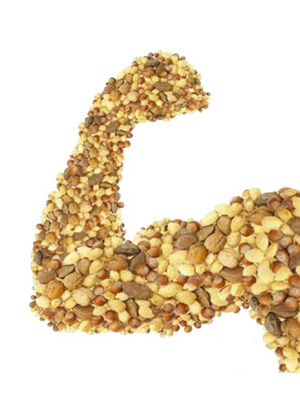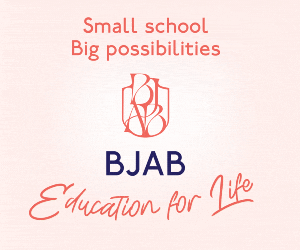How hungry are you right now? On a scale of 1-10: 1 being painfully full, 10 being so hungry you can barely concentrate on this article. Remember that number, we will come back to it later.
Food and exercise are key elements to your health and wellbeing. Too much or too little of either one and the balance is thrown off and you risk illness, injury and overall unhappiness. This fact has spawned a multi-billion dollar industry of quick fixes. Eat this, don’t eat that, workout like this, don’t ever do that. The fads change with the tides and, like fashion, old trends come back decades later in a new form. But, I have a secret: There is no magic bullet! If you want to maintain your wellbeing or become fitter, you must balance your energy intake with your energy expenditure. Calories in, calories out.
We can have some fun though, we can strive to choose healthy foods and, re-examine when we eat to ensure that we get the most out of our meals and workouts.
Quality Counts
We are surrounded by food all day, every day – the good, the bad and the ugly! Unlike any time in history, we have access to a huge selection of natural foods from around the world. This is awesome, but also a bit daunting, as we have begun to ignore our normal appetite triggers and eat for reasons other than hunger. Let’s review the key food groups that provide essential macro-nutrients, carbohydrates, protein and fat, along with essential vitamins and minerals. These foods, in their natural form, should form the bulk of your diet.
• Fruit and Vegetables: Your Mum was right, these are key to staying healthy! Fruit and vegetables provide carbohydrates and are packed with nutrients and minerals and are high in fibre and water. They also help you feel fuller for longer without loading up on calories.• Lean Protein: Most people eat enough protein, but choose good sources such as chicken, turkey, fish and nuts. A small serving of nuts is a perfect snack as they contain healthy fats that help you feel full.
• Whole Grains: The closer grains are to their natural form the better. White breads, rice and pasta convert into simple sugars in the bloodstream, leaving you feeling hungry more quickly. Choose whole grain carbohydrates to maximize nutrition.
• Low Fat Dairy: A great choice when trying to get both carbs and protein in one tidy package. Dairy contains calcium and vitamin D, which are important to bone and muscle health.
• Fat, Processed Foods and Treats: This group should be the one you visit the least. Some fat is essential in your diet, but favour vegetable-based fat. Processed foods are often packed with fat, sugar and sodium. Like sweet treats, processed foods should be a ‘sometimes’ choice and not be consumed regularly
Timing is Everything
When you eat, the calories are destined for one of three places:
1. Fat can be stored as deep fat in tissues within the body.
2. Protein, carbohydrates and fat can be stored within muscle cells to power future work.
3. Carbs and/or fat can be used for immediate energy.
The goal is to time your meals and snacks so that your body learns to partition calories towards muscle cell storage and immediate use, rather than fat storage. The basic rule is to pair energy intake with energy expenditure. Here is how you can do this:
• Eat Breakfast! This will reduce your appetite throughout the day and reduce the amount of total calories you consume over 24 hours. By skipping breakfast, you end up super hungry, an 8-10 on our hunger scale, and overeat later in the day.
• Eat Often! Spreading calories throughout the day will help to keep you around 4-5 on the hunger scale. This is where you cruise along not wanting to eat but having lots of energy to tackle your busy day. Three meals and two healthy snacks works well for most people.
• Eat BEFORE Exercise! Two to four hours before your workout is perfect. This will improve your performance and teach your body to use calories for immediate energy needs. Over time, you will increase the food calories burnt and decrease the number of calories stored as fat.
• Eat AFTER Exercise! The sooner the better! The recovery window is about two hours, so ensure that you eat carbs and protein together within this timeframe. Your body will shift these calories toward muscle cell storage, making you leaner over time.
So, back to your hunger number. If you follow these guidelines, you should hover between a 4-7 on the hunger scale. Remember, 4 is nicely full after a meal. It takes about 10 minutes for your brain to register how full you are, so stop before you are at 3 on the scale. Meals should be consumed when you are at a 7, beyond that you will be so hungry that you are more likely to overeat.
Your body is wise, and it will tell you what it needs, so listen to it. Feed it well and at the right times during the day and you will be leaner and happier all summer long. Now that sounds like magic right there!
Patti Bruns is a Personal Trainer at Aspria Royal La Rasante patti.p2b@gmail.com







